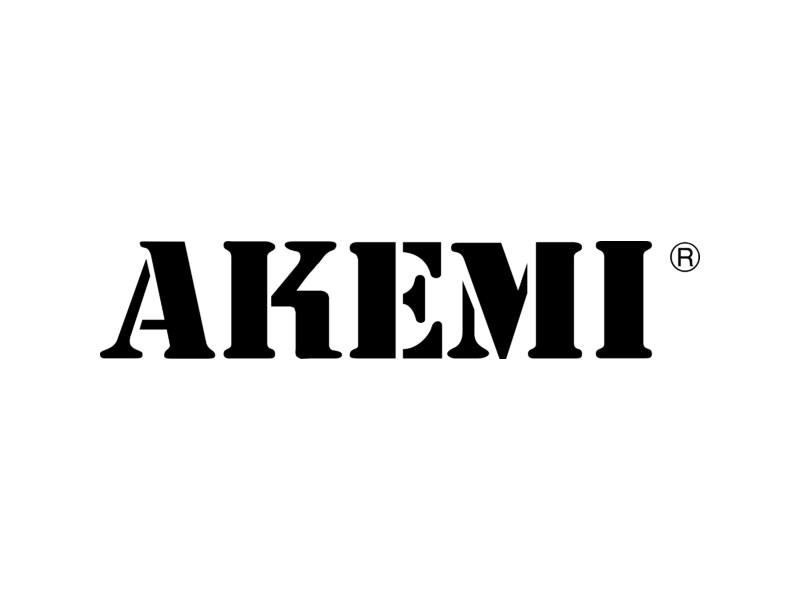Q: Why are beautiful stone farmhouses and other historic stone buildings covered with stucco? Is it for insulation? If the stucco over stone is an original and historically accurate detail, is it then OK to remove it to expose the stone and leave it that way? Will this enhance or deflate the value of the building in its authenticity?
A: Traditionally the only exposed stone is one with a gauged mortar joint. “Free stonework” are irregular pieces of stone shaped to fit with large, squared corner stones with alternating lengths used as borders. Ashlar work is varying sizes of cut blocks of stone that are laid in uniform coursing. You will sometimes see semi-coursed stonework on the front of a building and haphazard stone joinery on the sides and the back of the building. If the stone was shaped with tools used by masons it most likely was meant to be seen. You will often see remnants of the original external plaster or whitewash in the pours of the stone of the building which has already had the stucco removed to tip you off that the building was originally covered or coated and not exposed.
Fieldstones are stones picked up off the field when settling a property and preparing the ground for farming. They are laid up in “rubble work.” Some masons pronounce it “roobil” work. I think they are just repeating the accent of the old-timers. Rubble is junk. Fieldstone is just junk stone It is not dressed up in any way.
But the question remains, “Why did they cover the stone with exterior plaster?” Well, when you don’t gauge the joints and keep them tight the surface exposure to the elements is increased and accelerated the erosion of the pointing mortar. This may quickly deteriorate the bedding mortar and the integrity of the wall. It will at least aid in the transmission of water into the building. So, the same soft, punky mortar that was used for bedding was also used for exterior plaster, (stucco), and finished off with a shelter coat of whitewash. Whitewash is pure calcium carbonate lime and water. It was used as a waterproofer and protecting coat for both beauty and function. Whitewash could be thought of as a coating like an eggshell. It is soft, breathable and will protect the otherwise frail stucco render. Today the appearance of rubblework exposed is thought of as a thing of beauty. Historically fine stonework was squared and formal with straight, true and gauged joinery as the sign of high-end work. Really, it still is throughout the world, but “beauty is in the eye of the beholder.” If historic stone buildings where not plastered, (receiving an external stucco render), but instead received the inverted “v” joint to deflect the downward and angled drive of the rain, they usually were whitewashed right over top of the stone and joint in rubble work. When you don’t see the whitewash over the stone anymore it is because the acidity of a constant rainwater bath has loosened it and it has come off and was not renewed. More often than not it remains under the porch of houses and forebay areas of barns where it has been protected. Look closely in the pours of the stonework on the sides of the building and under the eaves or behind pent roof to see if remnants of the stucco or whitewash have remained. Another tell-tale sign that the building was originally stuccoed over the stone is that the widow trim remains proud to the stonework. If the trim comes out past the stonework at a thickness of 1-1’1/2″ past the stone, then that is indicative that the stone was covered with stucco to meet the outer edge of the wood trim.
The only insulation gained by exterior plaster is that of slowing a driving wind. Overall masonry is a poor insulator. 1940 and newer stucco may have had perlite incorporated into the mix to add an insulation element.
To correctly restore something would mean to put it back to its original design. For correct architectural restoration of a stucco over stone building means that the plaster should remain and be finished as it was originally. However, many people with unsound exterior plaster, which has lost its bond to the substrate or has cracks throughout it or has paint that is flaking, consider the removal of the offending stucco and coatings without replacing it but rather exposing, cleaning and repointing the stone. It is an option that will help mitigate the water infiltration problem. It is an option for overcoming the eyesore of flaking paint. It even increases the value of the building in many cases more than what the cost was to expose and repoint the stone. But my advise is to “just say no” when you have a formal exterior such as a building with a mansard roof. An exposed stone building which has been repointed and does not have the stucco or whitewash renewed should be reserved for a simple country farmhouse, outbuilding, or barn in my opinion. It may effect the value of the property in a negative way by removing historic details. A local historic appropriateness review board may not allow these modifications and a historical society may frown upon changing the unique and appropriate details originally found at the historic structure.
























I appreciate how you mentioned that stucco trim is used in the exterior plaster in old historic buildings in order to prevent the erosion of mortar due to exposure to the elements. My husband and I own an old home and we want to make sure that it stays durable for a long time, especially since we experience lots of harsh weather in our area. We’ll have to find a supplier that can help us find the extruded stucco that we need to protect our home from the elements for years to come.
I like that you said that taking weel care of your walls and stucco design can increase your property value. My dad said that he was seeing that his walls were starting to crack because of the humidity. I’m going to look for a professional that knows how to fix walls made of stucco design.
Although drywall is installed rather easily, experts should be dedicated techs. Because drywall finishing must be done correctly or you will have problems with joints or tapes later.
As a stucco contractor in Los Angeles, I have to admit that it pains me when a customer wants to cover a historic building with stucco, especially when the original facade is in good shape. Installing stucco is sometimes a personal preference, and we will do whatever type stucco installation that the customer wants, but sometimes it hurts.